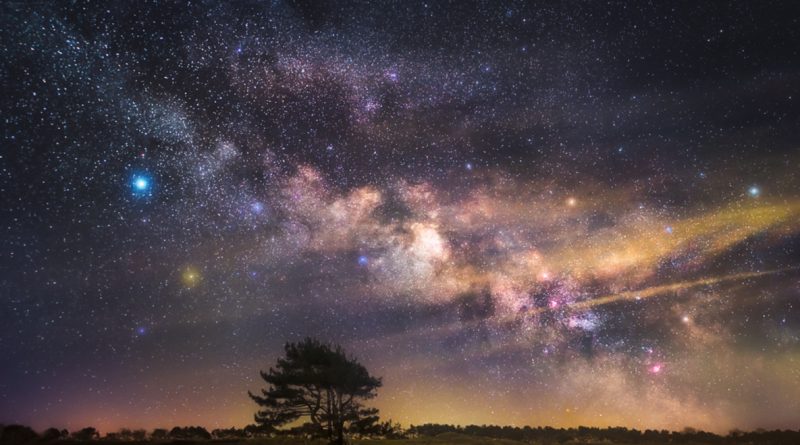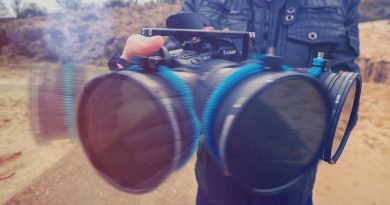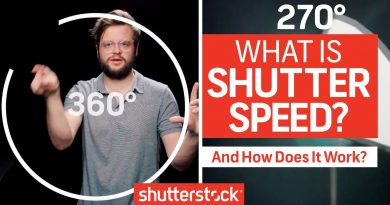A Reason for Nightscape Photography

~ Whispy clouds made it fun to try and average them out in post, but alas – that didn’t work out as expected. On the flipside, the clouds do add a sense of airiness and warmth (due to them reflecting light pollution).
There’s no way you could catch this amount of light in a single image at this point in time without also enhancing noise. This is a composite of two sets of images. The foreground is shot at f/6.3, 180 seconds and at ISO 640. The Milky Way was shot 2 minutes earlier, at the same place, facing the same direction and at nearly identical settings (only f/3.2). The main difference is that this set was shot using 9 exposures, captured with a star tracker and was stacked through complex astrophotography methods to minimize the effect of light pollution while maximizing detail in the Milky Way.
I do plan on recording the proces behind this when the cloudcover is more co-operative. Hope you like this one.
Photographers who are active on social media often get a lot of questions about the technicalities of photography. Especially about nightscape photography – the subgenre of landscape imaging where you basically have a dark landscape set to some celestial backdrop featuring twinkly stars. Either through commenting on a shared image, a direct message, or an email, people ask about the type of gear that was used to capture a specific shot or any of the numerous variables that make up a given photo. Variables that range from the time of day to how many degrees of rotation on the polarizing filter. But this time I got an email that announced the inevitable demise of the subgenre of nightscape photography. But there’s a strong, intrinsic motivation for nightscape photography that I want to share with you here.





